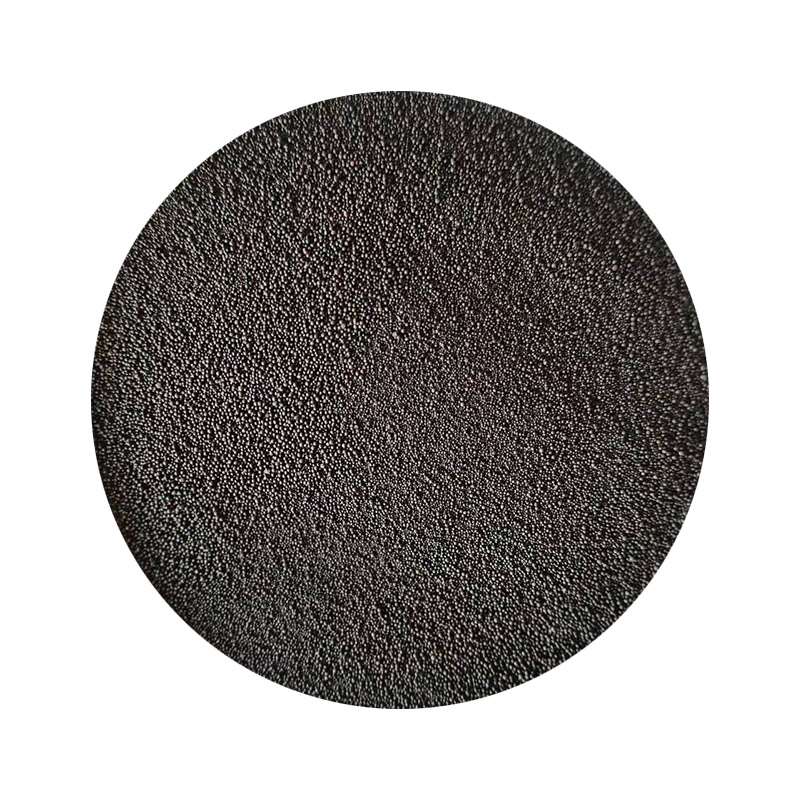
sand casting procedure. The metal casting is then cleaned and finished to remove any excess material or imperfections, leaving behind a final part that is ready for use. Sand casting offers several advantages over other casting processes. It is a cost-effective method of producing metal parts, as the materials used in sand casting are relatively inexpensive. Sand casting is also a versatile process that can be used to create complex shapes and designs that may be difficult or impossible to achieve with other casting methods. Additionally, sand casting can be used to produce large parts in a single piece, reducing the need for welding or assembly of multiple pieces. Sand casting is also environmentally friendly, as the sand used in the process can be recycled and reused multiple times. Overall, sand casting is a popular and effective method of producing metal parts that offers numerous benefits in terms of cost, versatility, and environmental sustainability. Its simplicity and effectiveness make it a preferred choice for many industries and applications. Post time:Jul . 10, 2024 20:19
Next:Sand mixture used in the production of resin products for various applications.
